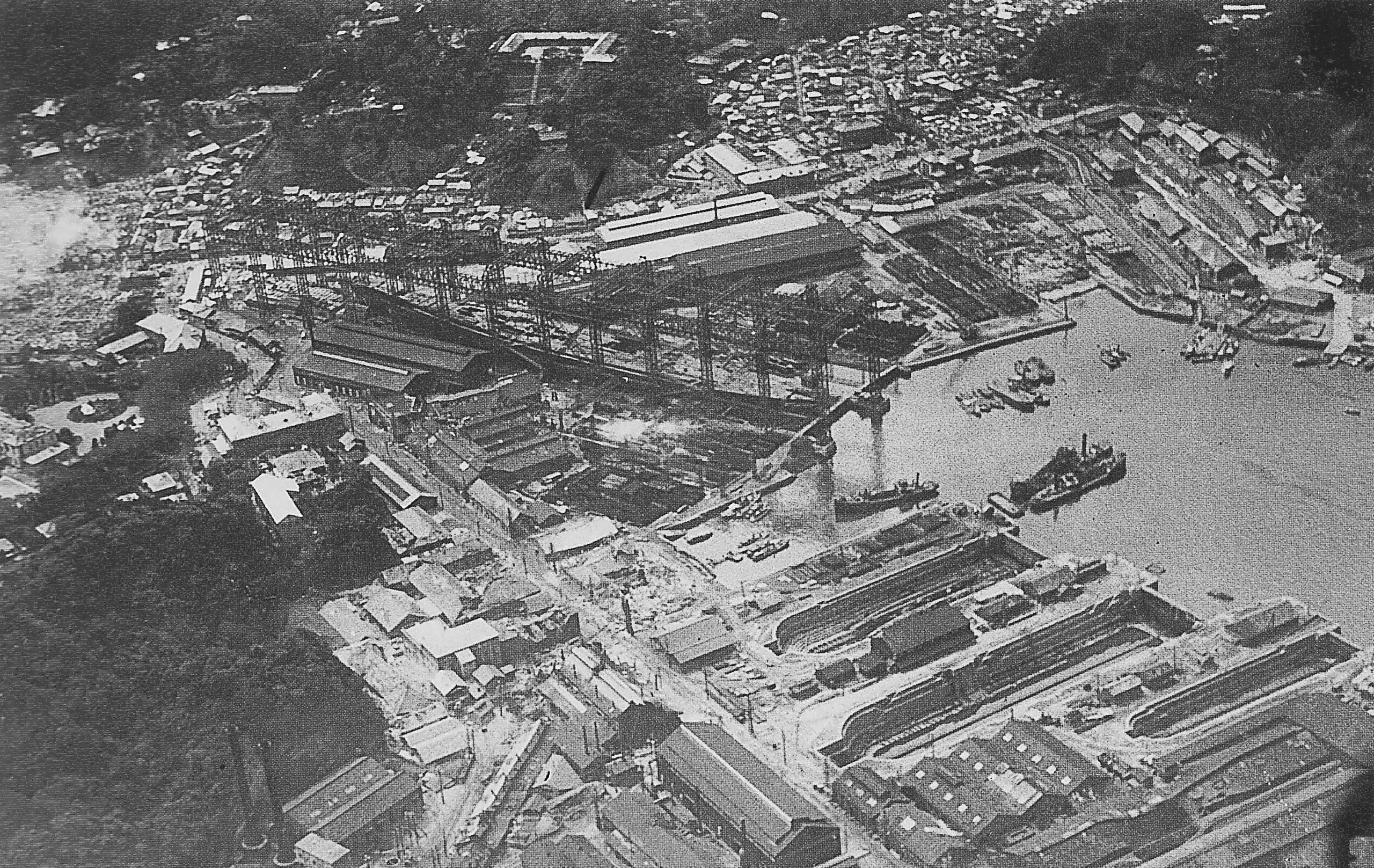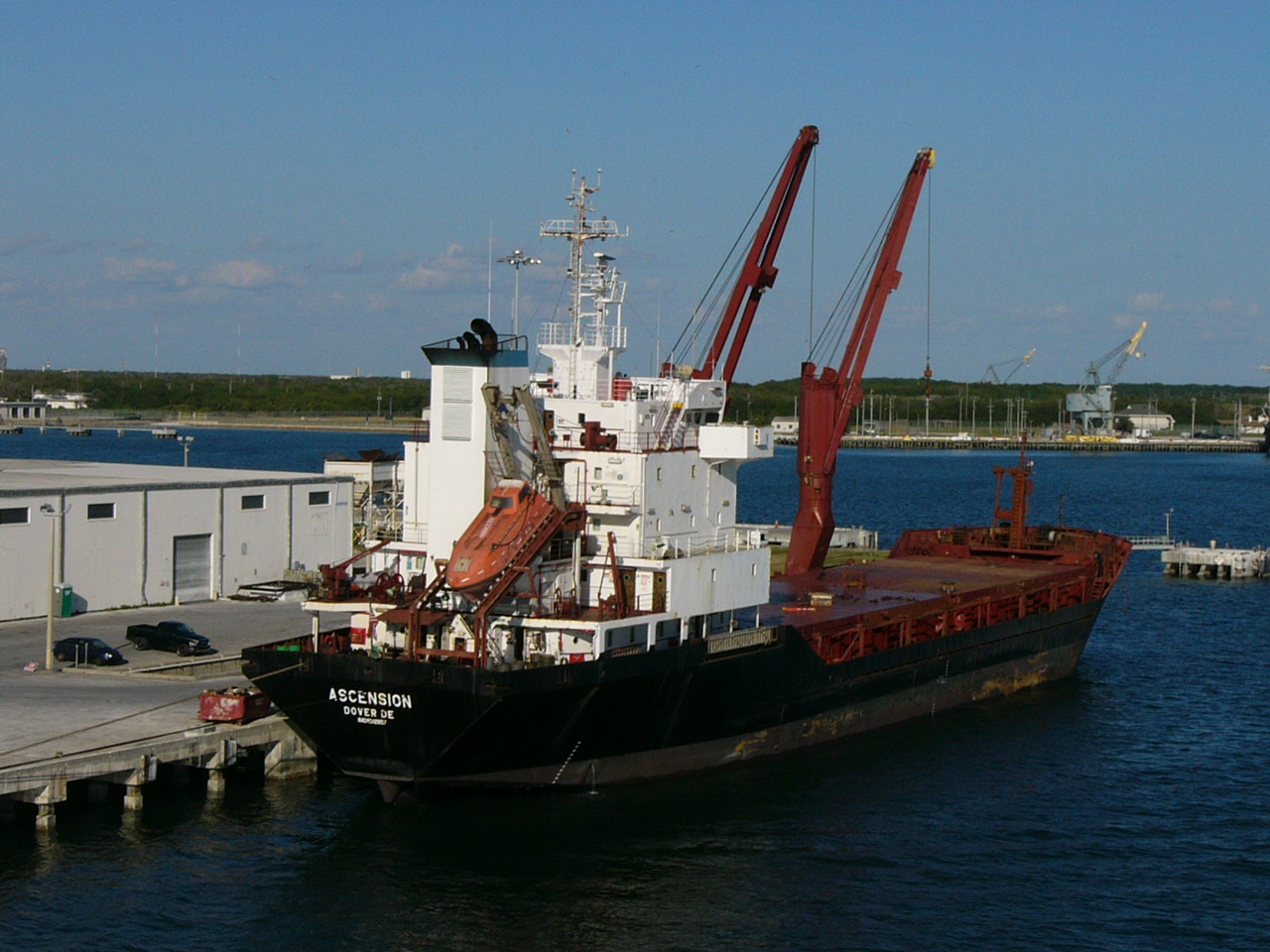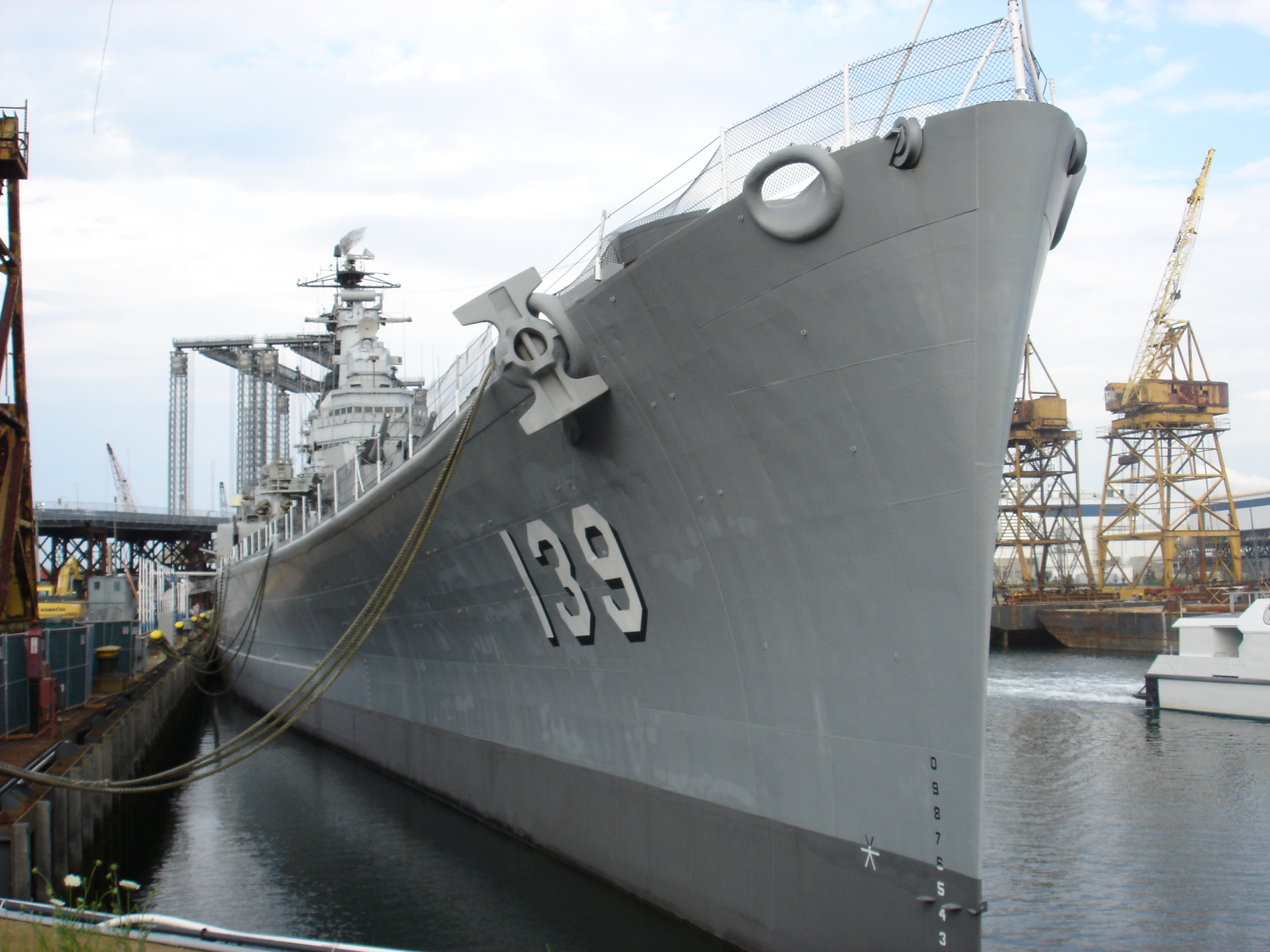|
Japanese Destroyer Kaba (1915)
was the name ship of her class of 10 destroyers that were built for the Imperial Japanese Navy during World War I. Design and description The ''Kaba''-class destroyers were improved versions of the preceding . They displaced at normal load and at deep load. The ships had a length between perpendiculars of and an overall length of , a beam of and a draught of . The ''Kaba''s were powered by three vertical triple-expansion steam engines, each driving one shaft using steam produced by four Kampon water-tube boilers.Friedman 1985, p. 242 Two boilers burned a mixture of coal and fuel oil while the other pair only used oil.Todaka, et al., p. 215 The engines produced a total of that gave the ships a maximum speed of .Watts & Gordon, p. 248 They carried a maximum of of coal and of oil which gave them a range of at a speed of . Their crew consisted of 92 officers and ratings.Jentschura, Jung & Mickel, p. 135 The main armament of the ''Kaba''-class ships consisted of a sin ... [...More Info...] [...Related Items...] OR: [Wikipedia] [Google] [Baidu] |
Yokosuka Naval Arsenal
was one of four principal naval shipyards owned and operated by the Imperial Japanese Navy, and was located at Yokosuka, Kanagawa prefecture on Tokyo Bay, south of Yokohama. History In 1866, the Tokugawa shogunate government established the ''Yokosuka Seisakusho'', a military arsenal and naval base, with the help of foreign engineers, including the French naval architect Léonce Verny. The new facility was intended to produce modern, western-style warships and equipment for the Tokugawa navy. The construction of the arsenal was an important first step for the modernization of Japan's industry. Modern buildings, an aqueduct, foundry, brick factories, technical schools to train Japanese technicians were established. After the Boshin War and the Meiji Restoration, the new Meiji government took over control of the facility in 1871, renaming it the ''Yokosuka Zosenjo'' (Yokosuka Shipyards). The first dry dock was opened in 1871, and is still in operation today. Japan's first ... [...More Info...] [...Related Items...] OR: [Wikipedia] [Google] [Baidu] |
Length Overall
__NOTOC__ Length overall (LOA, o/a, o.a. or oa) is the maximum length of a vessel's hull measured parallel to the waterline. This length is important while docking the ship. It is the most commonly used way of expressing the size of a ship, and is also used for calculating the cost of a marina A marina (from Spanish , Portuguese and Italian : ''marina'', "coast" or "shore") is a dock or basin with moorings and supplies for yachts and small boats. A marina differs from a port in that a marina does not handle large passenger ships o ... berth (for example, £2.50 per metre LOA). LOA is usually measured on the hull alone. For sailing ships, this may ''exclude'' the bowsprit and other fittings added to the hull. This is how some racing boats and tall ships use the term LOA. However, other sources may include bowsprits in LOA. Confusingly, LOA has different meanings. "Sparred length", "Total length including bowsprit", "Mooring length" and "LOA including bowsprit" are oth ... [...More Info...] [...Related Items...] OR: [Wikipedia] [Google] [Baidu] |
Ship Launching
Ceremonial ship launching involves the performance of ceremonies associated with the process of transferring a vessel to the water. It is a nautical tradition in many cultures, dating back thousands of years, to accompany the physical process with ceremonies which have been observed as public celebration and a solemn blessing, usually but not always, in association with the launch itself. Ship launching imposes stresses on the ship not met during normal operation and, in addition to the size and weight of the vessel, represents a considerable engineering challenge as well as a public spectacle. The process also involves many traditions intended to invite good luck, such as christening by breaking a sacrificial bottle of champagne over the bow as the ship is named aloud and launched. Methods There are three principal methods of conveying a new ship from building site to water, only two of which are called "launching". The oldest, most familiar, and most widely used is th ... [...More Info...] [...Related Items...] OR: [Wikipedia] [Google] [Baidu] |
Torpedo
A modern torpedo is an underwater ranged weapon launched above or below the water surface, self-propelled towards a target, and with an explosive warhead designed to detonate either on contact with or in proximity to the target. Historically, such a device was called an automotive, automobile, locomotive, or fish torpedo; colloquially a ''fish''. The term ''torpedo'' originally applied to a variety of devices, most of which would today be called mines. From about 1900, ''torpedo'' has been used strictly to designate a self-propelled underwater explosive device. While the 19th-century battleship had evolved primarily with a view to engagements between armored warships with large-caliber guns, the invention and refinement of torpedoes from the 1860s onwards allowed small torpedo boats and other lighter surface vessels, submarines/submersibles, even improvised fishing boats or frogmen, and later light aircraft, to destroy large ships without the need of large guns, though ... [...More Info...] [...Related Items...] OR: [Wikipedia] [Google] [Baidu] |
Stern
The stern is the back or aft-most part of a ship or boat, technically defined as the area built up over the sternpost, extending upwards from the counter rail to the taffrail. The stern lies opposite the bow, the foremost part of a ship. Originally, the term only referred to the aft port section of the ship, but eventually came to refer to the entire back of a vessel. The stern end of a ship is indicated with a white navigation light at night. Sterns on European and American wooden sailing ships began with two principal forms: the ''square'' or ''transom'' stern and the ''elliptical'', ''fantail'', or ''merchant'' stern, and were developed in that order. The hull sections of a sailing ship located before the stern were composed of a series of U-shaped rib-like frames set in a sloped or "cant" arrangement, with the last frame before the stern being called the ''fashion timber(s)'' or ''fashion piece(s)'', so called for "fashioning" the after part of the ship. This frame is ... [...More Info...] [...Related Items...] OR: [Wikipedia] [Google] [Baidu] |
Superstructure
A superstructure is an upward extension of an existing structure above a baseline. This term is applied to various kinds of physical structures such as buildings, bridges, or ships. Aboard ships and large boats On water craft, the superstructure consists of the parts of the ship or a boat, including sailboats, fishing boats, passenger ships, and submarines, that project above her main deck. This does not usually include its masts or any armament turrets. Note that in modern times, turrets do not always carry naval artillery, but they can also carry missile launchers and/or antisubmarine warfare weapons. The size of a watercraft's superstructure can have many implications in the performance of ships and boats, since these structures can alter their structural rigidity, their displacements, and/or stability. These can be detrimental to any vessel's performance if they are taken into consideration incorrectly. The height and the weight of superstructure on board a ship or ... [...More Info...] [...Related Items...] OR: [Wikipedia] [Google] [Baidu] |
Funnel (ship)
A funnel is the smokestack or chimney on a ship used to expel boiler steam and smoke or engine exhaust. They are also commonly referred to as stacks. Purpose The primary purpose of a ship's funnel(s) is to lift the exhaust gases clear of the deck, in order not to foul the ship's structure or decks, and to avoid impairing the ability of the crew to carry out their duties. In steam ships the funnels also served to help induce a convection draught through the boilers. Design Since the introduction of steam-power to ships in the 19th century, the funnel has been a distinctive feature of the silhouette of a vessel, and used for recognition purposes. Funnel area The required funnel cross-sectional area is determined by the volume of exhaust gases produced by the propulsion plant. Often this area is too great for a single funnel. Early steam vessels needed multiple funnels ( had 5 when launched), but as efficiency increased new machinery needed fewer funnels. Merchant ships ... [...More Info...] [...Related Items...] OR: [Wikipedia] [Google] [Baidu] |
QF 12-pounder 12 Cwt Naval Gun
The QF 12-pounder 12-cwt gun (abbreviated as Q.F. 12-pdr. (12-cwt.)Gun drill for Q.F. 12-pdr. (12-cwt.) gun (Land service) 1925 the War Office, 1925) was a common, versatile calibre naval gun introduced in 1894 and used until the middle of the 20th century. It was produced by , Elswick and used on warships, exported to alli ... [...More Info...] [...Related Items...] OR: [Wikipedia] [Google] [Baidu] |
Bow (ship)
The bow () is the forward part of the hull of a ship or boat, the point that is usually most forward when the vessel is underway. The aft end of the boat is the stern. Prow may be used as a synonym for bow or it may mean the forward-most part of the bow above the waterline. Function A ship's bow should be designed to enable the hull to pass efficiently through the water. Bow shapes vary according to the speed of the boat, the seas or waterways being navigated, and the vessel's function. Where sea conditions are likely to promote pitching, it is useful if the bow provides reserve buoyancy; a flared bow (a raked stem with flared topsides) is ideal to reduce the amount of water shipped over the bow. Ideally, the bow should reduce the resistance and should be tall enough to prevent water from regularly washing over the top of it. Large commercial barges on inland waterways rarely meet big waves and may have remarkably little freeboard at the bow, whereas fast military ve ... [...More Info...] [...Related Items...] OR: [Wikipedia] [Google] [Baidu] |
Quick-firing Gun
A quick-firing or rapid-firing gun is an artillery piece, typically a gun or howitzer, which has several characteristics which taken together mean the weapon can fire at a fast rate. Quick-firing was introduced worldwide in the 1880s and 1890s and had a marked impact on war both on land and at sea. Characteristics The characteristics of a quick-firing artillery piece are: *A breech-loading weapon with a breech mechanism that allows rapid reloading *Single-part cased ammunition, i.e. a cartridge containing both shell and propellant * Recoil buffers to limit recoil, so the barrel can quickly return to the same position after firing *The use of smokeless powder – nitrocellulose, nitroglycerine, or cordite – which create far less smoke than gunpowder, meaning that gun crews could still see their target These innovations, taken together, meant that the quick-firer could fire aimed shells much more rapidly than an older weapon. For instance, an Elswick Ordnance Company 4. ... [...More Info...] [...Related Items...] OR: [Wikipedia] [Google] [Baidu] |
Fuel Oil
Fuel oil is any of various fractions obtained from the distillation of petroleum (crude oil). Such oils include distillates (the lighter fractions) and residues (the heavier fractions). Fuel oils include heavy fuel oil, marine fuel oil (MFO), bunker fuel, furnace oil (FO), gas oil (gasoil), heating oils (such as home heating oil), diesel fuel and others. The term ''fuel oil'' generally includes any liquid fuel that is burned in a furnace or boiler to generate heat (heating oils), or used in an engine to generate power (as motor fuels). However, it does not usually include other liquid oils, such as those with a flash point of approximately , or oils burned in cotton- or wool-wick burners. In a stricter sense, ''fuel oil'' refers only to the heaviest commercial fuels that crude oil can yield, that is, those fuels heavier than gasoline (petrol) and naphtha. Fuel oil consists of long-chain hydrocarbons, particularly alkanes, cycloalkanes, and aromatics. Small molecules, such as ... [...More Info...] [...Related Items...] OR: [Wikipedia] [Google] [Baidu] |





.jpg)
_12-pounder_gun.jpg)


